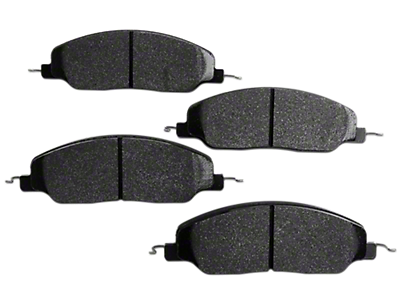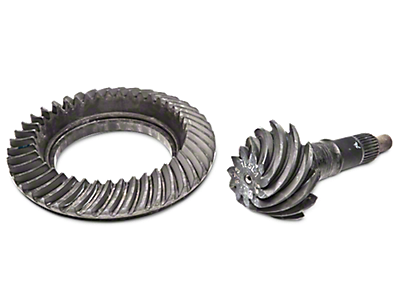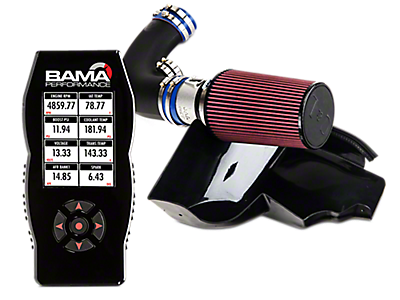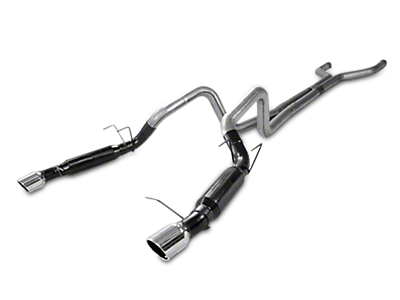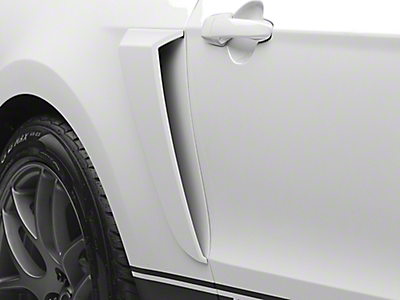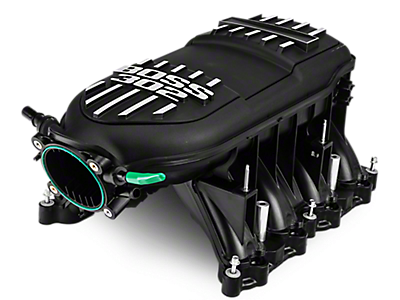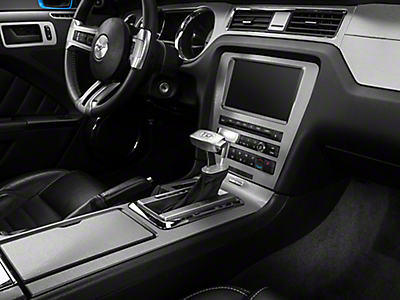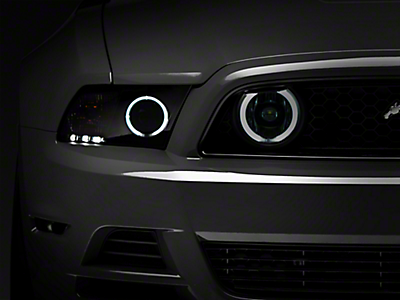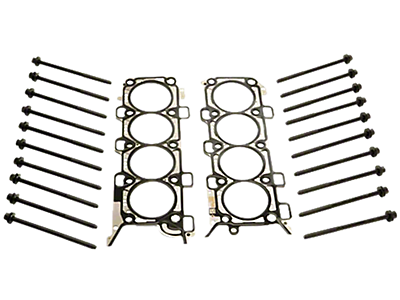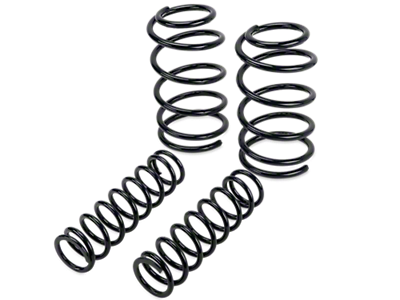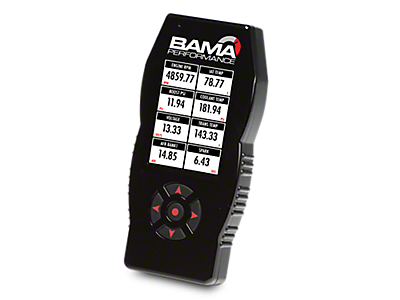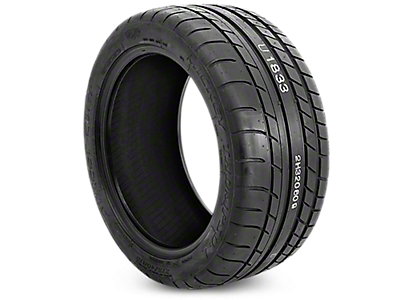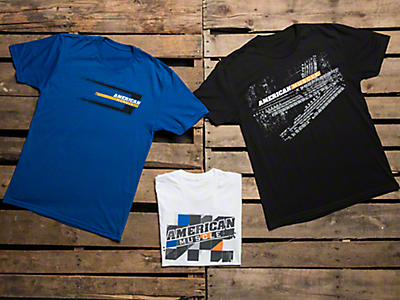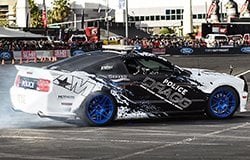2013 Ford Mustang
With 11 different trim options and an impressive engine lineup, the 2013 Ford Mustang offered new heights of customisation. For this model year, Ford refreshed the exterior of the S197, most notably the Shelby-inspired snout and scalloped LED tail lamps. 2013 also marked the final year for the Boss 302, alongside the introduction of a supercharged V8 in the GT500. Available as both a coupe and convertible, the 2013 Mustang comes standard with a 305 horsepower V6 engine and six speed manual transmission, with an available 420 horsepower V8 engine in the GT trim and a 444 horsepower V8 in the Boss 302. The Shelby GT500’s supercharged 5.8L V8 is capable of a whopping 650 horsepower and 600 lbs-ft of torque.
Who Needs a Backseat Anyways?
In theory, the S197 is a four-seater but the reality is quite different. The rear really isn’t big enough for anyone other than children. So if you’re not on the school-run, might as well shed that unnecessary weight with a rear seat delete kit and opt for a sportier two-seater look. Particularly beneficial for Mustang’s regularly out on the track, a rear seat delete can lighten your load by up to 30 pounds, boosting your power-to-weight ratio and thus your performance. A delete kit will remove and replace the rear seats with sleek precision-cut ABS plastic cover with a black carpeted facing to match the Mustang’s interior. The final benefit is the extra storage space offered, either under or on top of the covers, as they are designed to hold up to 100lbs per side. This is a completely reversible modification and most of the install time will focus on removing the rear seats themselves.
Your Clutch is Key
A Mustang’s clutch is integral to its overall performance. If yours is starting to slip, is worn out or the OEM components cannot handle the power of your modified Pony, it's time to replace it with a new clutch kit. The mechanics of a clutch can be somewhat complicated, but at its most basic level, a clutch connects and disconnects the MT82 transmission and thus sends power to and from your engine. An engine is always spinning but your wheels will need to stop, but they must stop without killing the engine. A clutch manages this relationship by controlling the slippage between them, or more specifically the friction between the clutch plate (transmission) and the flywheel (engine). When your foot is off the clutch pedal, springs push the plate against the clutch disc and in turn the flywheel, and the engine and the transmission input shaft spin at the same speed. When the pedal is engaged, the pressure plate is pulled away from the clutch disc and the clutch is released from the spinning engine. The most common problem with a clutch is that the friction material on the disc wears out, causing slippage (you’ll probably notice a distinct burning smell) or sticking and the inability to properly shift gears. Clutch disc material is not too dissimilar from that of brake pads, and can be made from molded or woven organic material, heavy-duty organic, ceramic, and kevlar. Their best use cases range from OEM/daily driver to racing applications (respectively) and will be as important a factor as the clutch stage kit you opt for, of which there are four:
- Stage 1: Best suited as OE replacement or for a Mustang with light bolt-on mods
- Stage 2: Designed for autocross, drag racing, pulling and street racing use. Pedal will be firmer than stock and can handle more abuse compared to stage 1.
- Stage 3: This is for race cars and street cars, and can handle around 500 HP of power output, with a sharp yet smooth engagement. Usually at this stage, friction material is upgraded to heavy duty ceramic/kevlar blend.
- Stage 4: For high horsepower application Mustang, around the 600 HP range. Pedal effort will be hard and a billet flywheel is best suited with these clutches
Most manufacturers will sell kits that include the clutch disc and pressure wheel, and sometimes a flywheel, however to optimise the performance of your aftermarket clutch, be mindful that there may be additional recommended upgrades such as the clutch line or release bearing.

